Understanding Hair Dryer Types
Different Styles of Hair Dryer
The world of hair dryers is as diverse as the various hair types they cater to. When considering a Hair Dryer, understanding the different styles is essential for achieving the best results.
- Traditional Blow Dryers: These are the most common form, featuring a comfortable handle and either a concentrator nozzle or diffuser. They can be used for a variety of hair lengths and styles.
- Travel Hair Dryers: Compact and lightweight, these dryers are perfect for travel. They often have dual voltage for international compatibility, though they may lack some features found in standard models.
- Hot Air Brushes: These combine the functions of a brush and a dryer, making them excellent for smoothing and volumizing the hair while drying.
- Ionic Hair Dryers: These emit negative ions to help reduce frizz and drying time. They are ideal for those with thick or curly hair.
- Tourmaline and Ceramic Dryers: These materials help distribute heat evenly and maintain moisture in the hair, which is particularly beneficial for damaged or dry hair types.
Features to Look for in a Hair Dryer
As you navigate through the array of hair dryer options, consider these key features that directly impact performance and efficiency:
- Wattage: Higher wattage typically equates to faster drying times. Look for models with 1800 watts or more for quicker results.
- Heat and Speed Settings: A versatile dryer should offer multiple heat and speed settings to customize your drying experience according to your hair type.
- Weight: Lighter models may be easier to handle, especially for longer styling sessions, reducing fatigue during use.
- Nozzle Attachments: Concentrator nozzles and diffusers enable precise styling, serving different purposes for straight or curly hair.
- Noise Level: Quieter models can enhance your experience significantly, especially in shared living spaces.
Best Uses for Each Hair Dryer Type
Understanding the ideal uses for each hair dryer type can help you select the perfect one for your styling needs:
- Traditional Blow Dryers: Perfect for most hair types; suitable for achieving a sleek look or volume with the right technique.
- Travel Hair Dryers: Best for on-the-go touch-ups or quick dry spells while traveling, ideal for those who maintain their hairstyles in various locations.
- Hot Air Brushes: Excellent for those who want to style and dry simultaneously, best suited for medium to long hair.
- Ionic Hair Dryers: Especially beneficial for coarse or frizzy hair, reducing drying time while maintaining sleekness.
- Tourmaline and Ceramic Dryers: Ideal for damaged hair due to their gentle heating properties, making them perfect for everyday use.
The Science Behind Hair Drying
How Hair Dryers Work
A hair dryer operates on a simple principle: it blows ambient air over heated wires to create warm air, which is then directed onto the hair. This process speeds up evaporation, allowing hair to dry much faster than it would if left to air-dry. Understanding this basic operation can help you appreciate the nuances of various styles and technologies.
Heat and Airflow Effects on Hair
Heat and airflow play critical roles in hairstyling:
- Heat: High temperatures can damage hair if not used properly. It is essential to choose a dryer with adjustable heat settings that correspond to your hair’s needs.
- Airflow: Too much airflow can cause tangling and frizz, while too little can prolong drying times. The right combination is essential for healthy styling.
Common Misconceptions About Hair Dryers
Several misconceptions often cloud the effective use of hair dryers:
- All heat is bad: While high heat can damage hair, using the right temperature and techniques can reduce the risk.
- Higher wattage equals better: Wattage should be matched with hair type; not all hair types can handle high heat effectively.
- Heat protectants aren’t necessary: Regardless of hair type, always use a heat protectant to minimize damage.
Hair Dryer Features Explained
Importance of Wattage in Hair Dryer Performance
Wattage directly affects how quickly your hair dries. Higher wattage means more power, which translates to faster drying times. For best performance, look for a hair dryer rated between 1800 to 2400 watts. However, wattage isn’t the only factor, as the design and technology of the hair dryer can also influence its efficiency.
Understanding Heat and Speed Settings
Many models provide multiple heat and speed settings, allowing users to achieve their desired style without damaging the hair:
- Low Heat/Speed: Ideal for delicate or fine hair.
- Medium Heat/Speed: Suitable for normal hair types, allowing for a balance between drying time and heat exposure.
- High Heat/Speed: Best reserved for thicker hair types that need a quicker drying method.
Specialized Attachments for Hair Dryer
Most modern hair dryers come with specialized attachments to enhance styling capabilities:
- Concentrator Nozzle: Directs airflow for precise styling, great for straightening hair or achieving a sleek finish.
- Diffuser: A wide, finger-like attachment designed to enhance curls and reduce frizz.
- Comb Attachments: Helps in detangling while drying, especially beneficial for thicker textures.
Choosing the Right Hair Dryer for Your Hair Type
Best Hair Dryers for Fine Hair
Fine hair can easily be damaged by excessive heat, necessitating a dryer that offers lower temperature settings:
- Look for lightweight models with a nozzle attachment to direct heat precisely without overwhelming the hair.
- Hair dryers with ionic technology can reduce frizz while maintaining volume.
- Models with a cool shot button can help lock in styles after drying.
Hair Dryers for Thick and Curly Hair
For thick or curly hair, a more powerful dryer with multiple speed and heat settings is essential:
- High wattage dryers can help expedite the drying process without causing damage.
- Look for models that come with a diffuser to maintain curl structure while reducing frizz.
- Consider options with a comb attachment for easier detangling and a smoother finish.
Considerations for Damaged Hair
When dealing with damaged hair, prioritize gentleness in your drying techniques:
- Select dryers that feature ceramic or tourmaline technology to minimize heat exposure and help maintain moisture.
- Opt for models with adjustable settings to use low heat effectively.
- Utilize a heat protectant spray before drying to further safeguard your hair.
Hair Dryer Maintenance and Care
Regular Cleaning Practices
To extend the lifespan of your hair dryer, regular cleaning is crucial. Follow these steps:
- Unplug the device and allow it to cool down completely before cleaning.
- Use a soft, dry cloth to wipe the exterior and a brush to clean the air intake filter.
- Ensure you clean the filter at least once a month to help maintain airflow and efficiency.
Storage Tips for Longevity
Proper storage can prevent damage and ensure your hair dryer remains in good condition:
- Store in a dry area, and avoid placing heavy objects on top of it to prevent any compression damage.
- Wrap the cord loosely to avoid tangling and wear.
- Keep it away from direct sunlight, which can degrade materials over time.
Signs Your Hair Dryer Needs Replacement
Be mindful of these signs that may indicate it’s time for a new hair dryer:
- Persistent overheating, where the device becomes too hot to touch during operation.
- Inconsistent heating, leading to uneven drying results.
- Increased noise levels that may indicate internal wear.

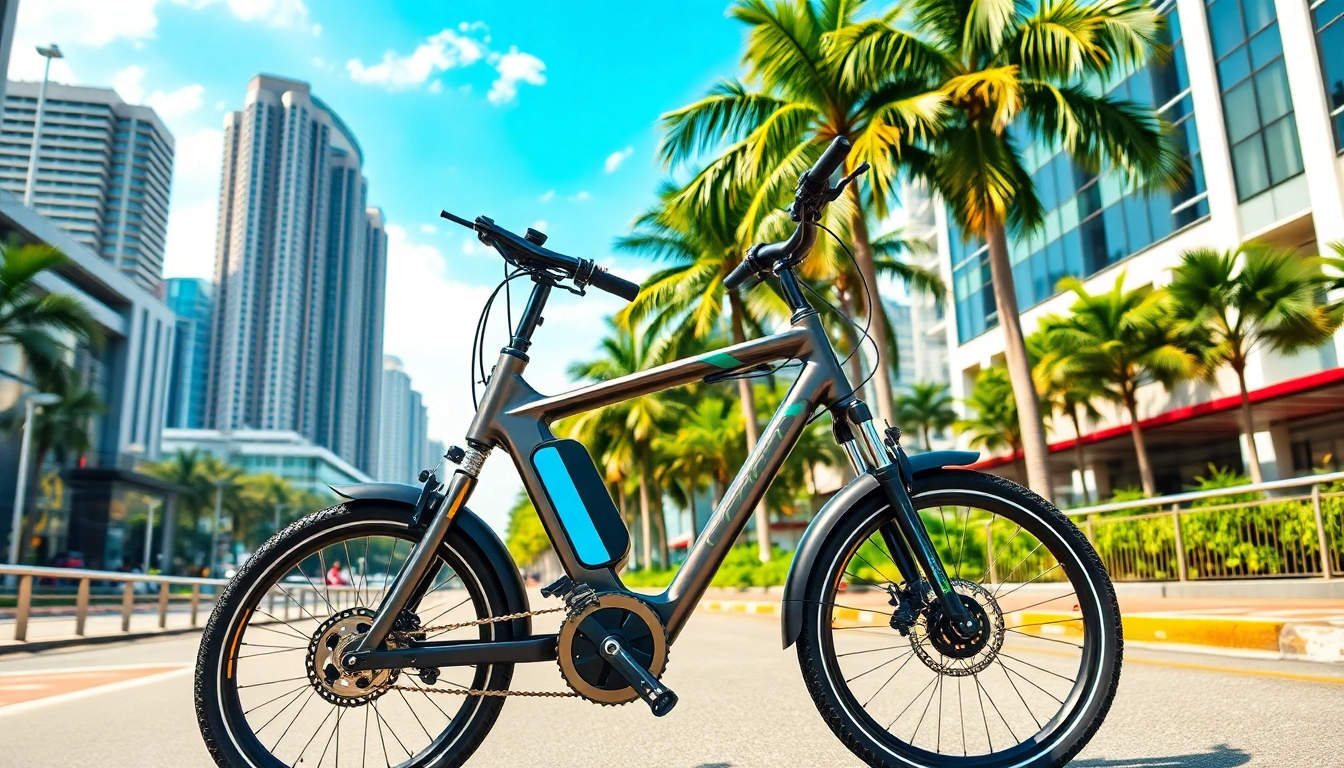

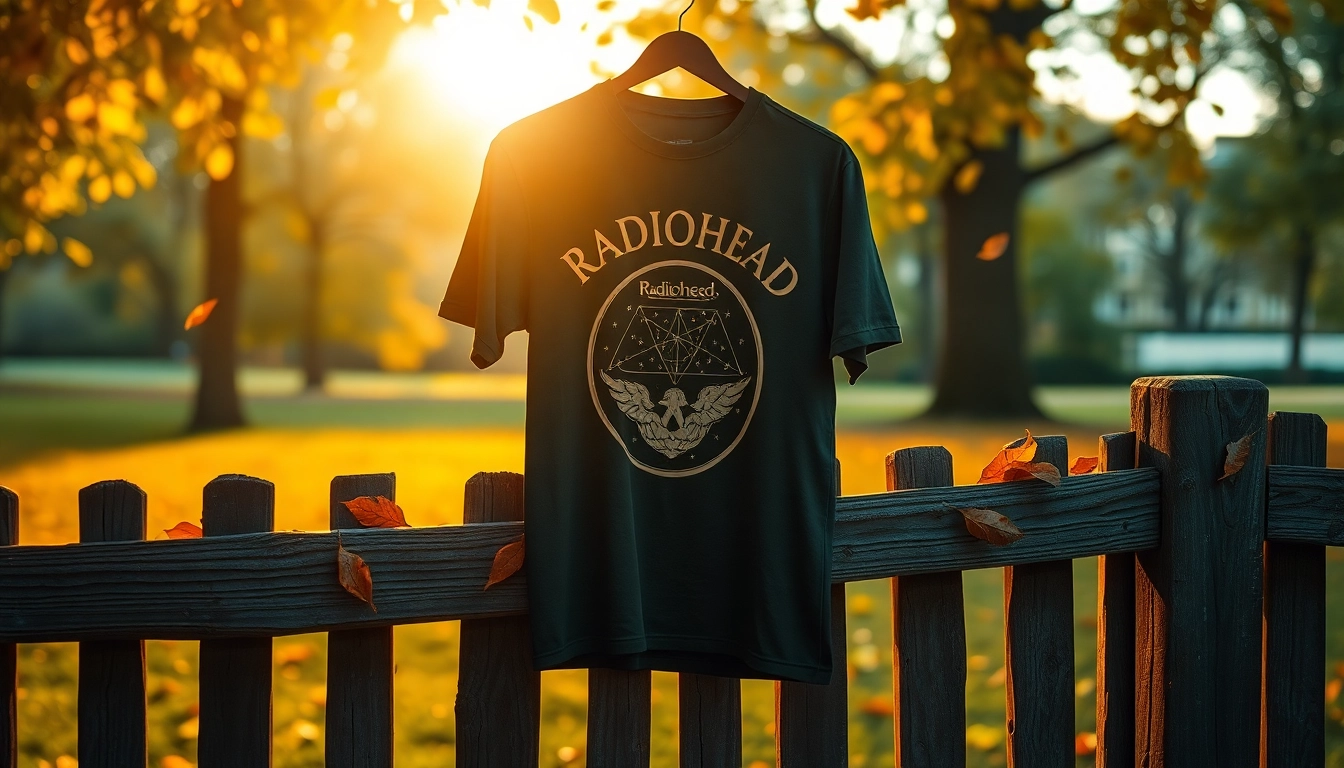
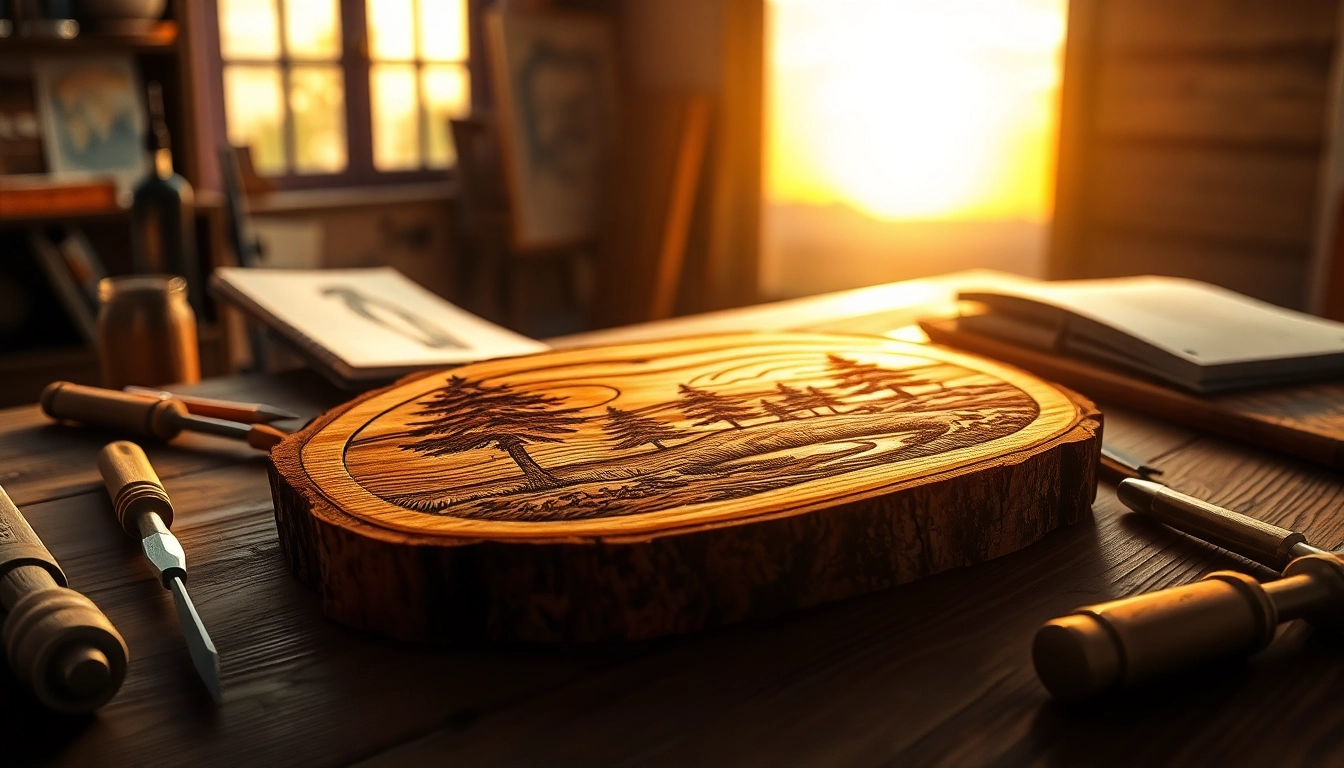

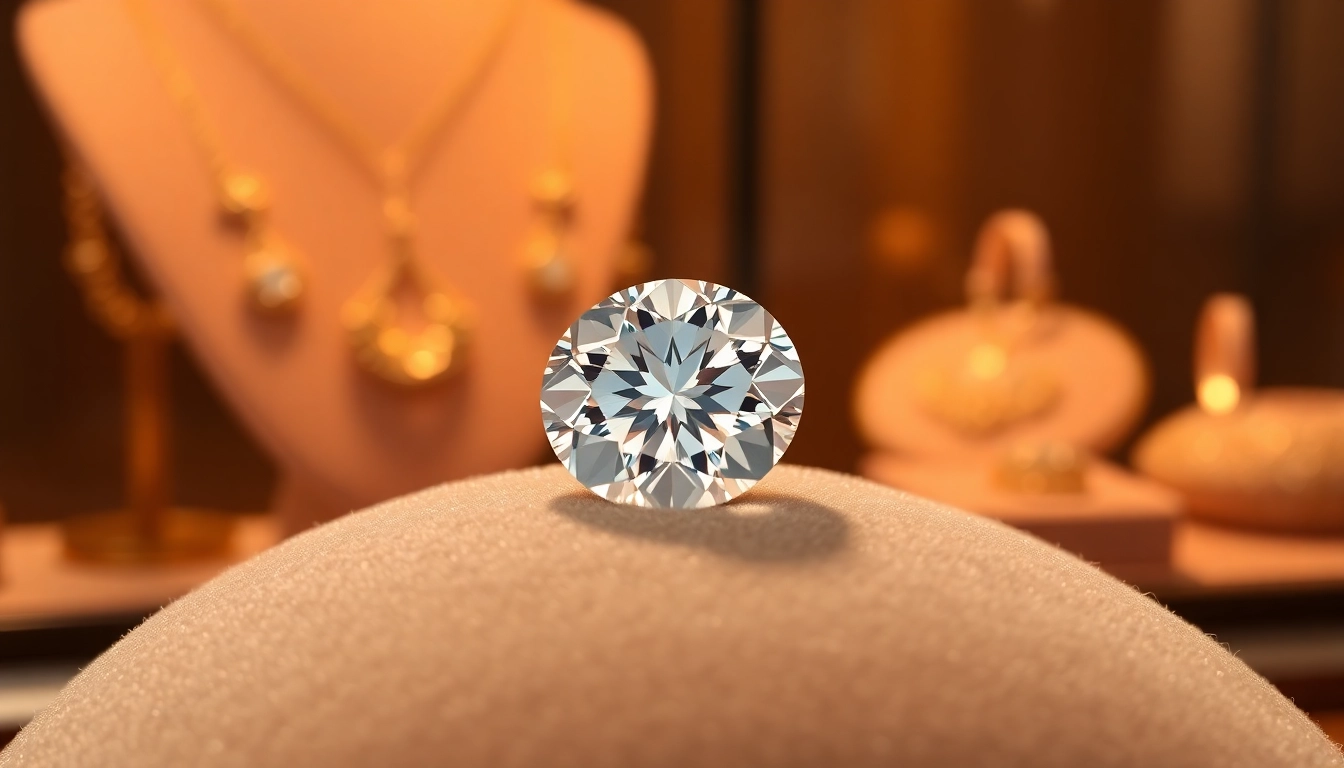
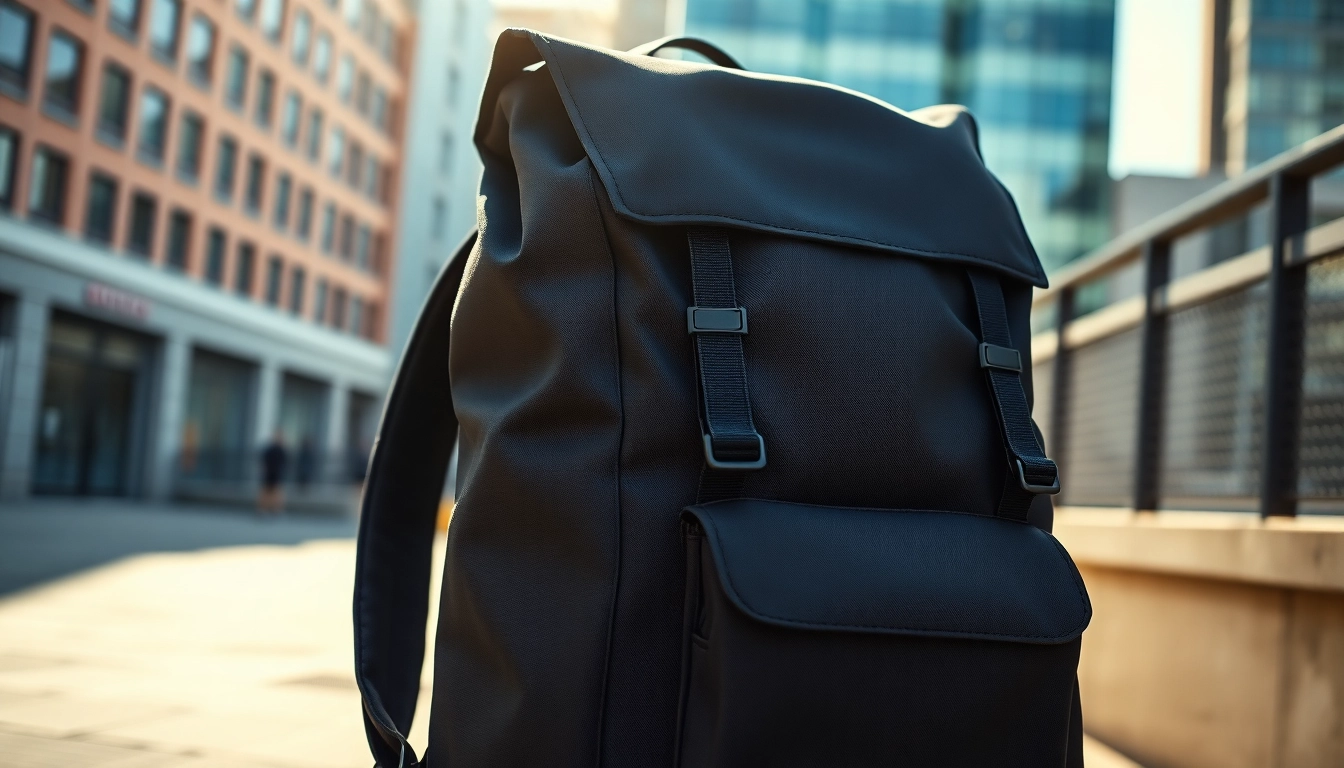

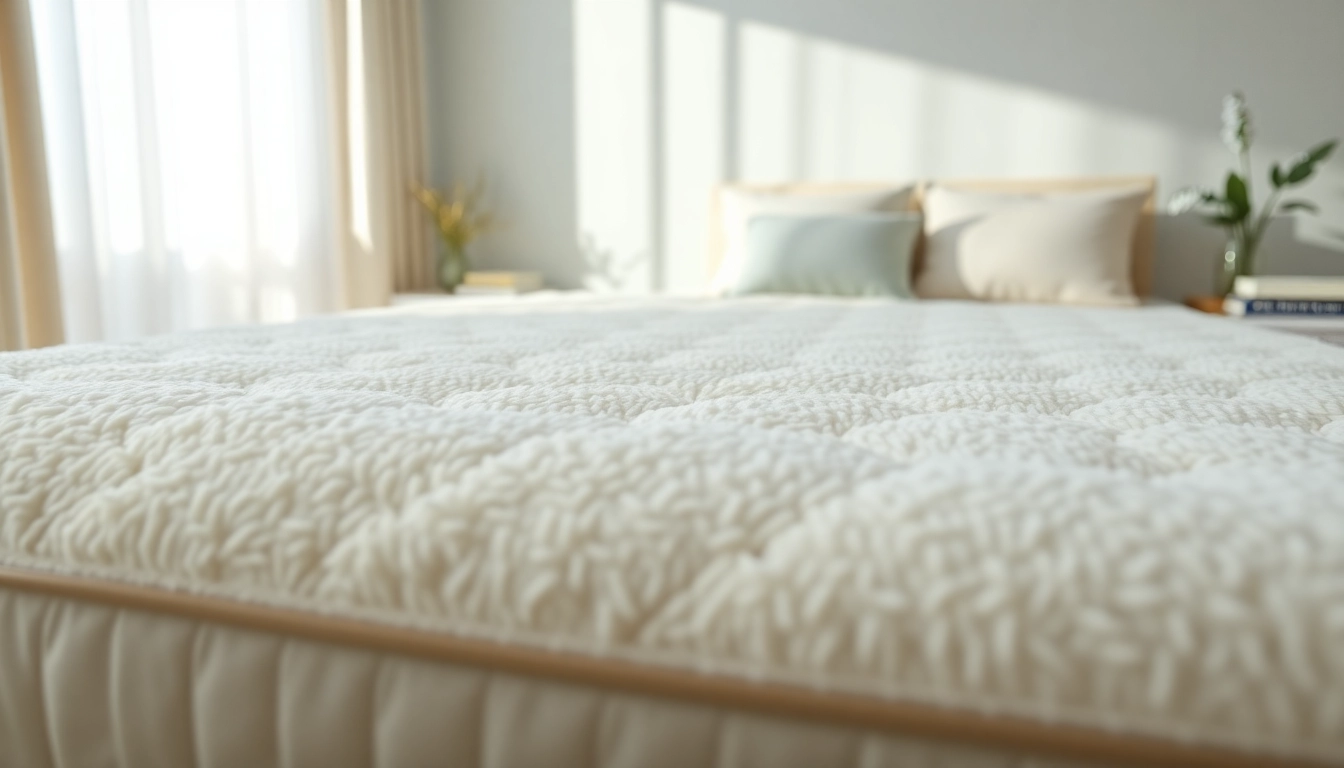
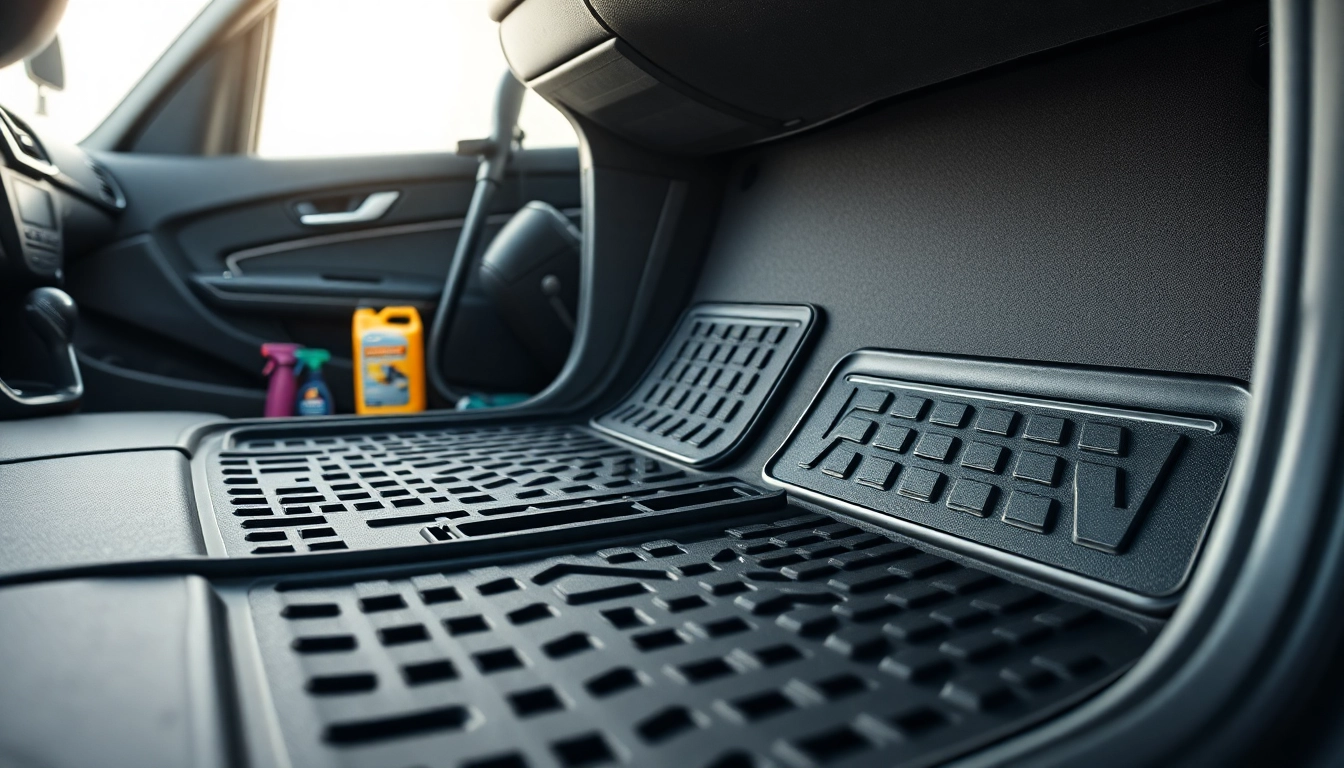
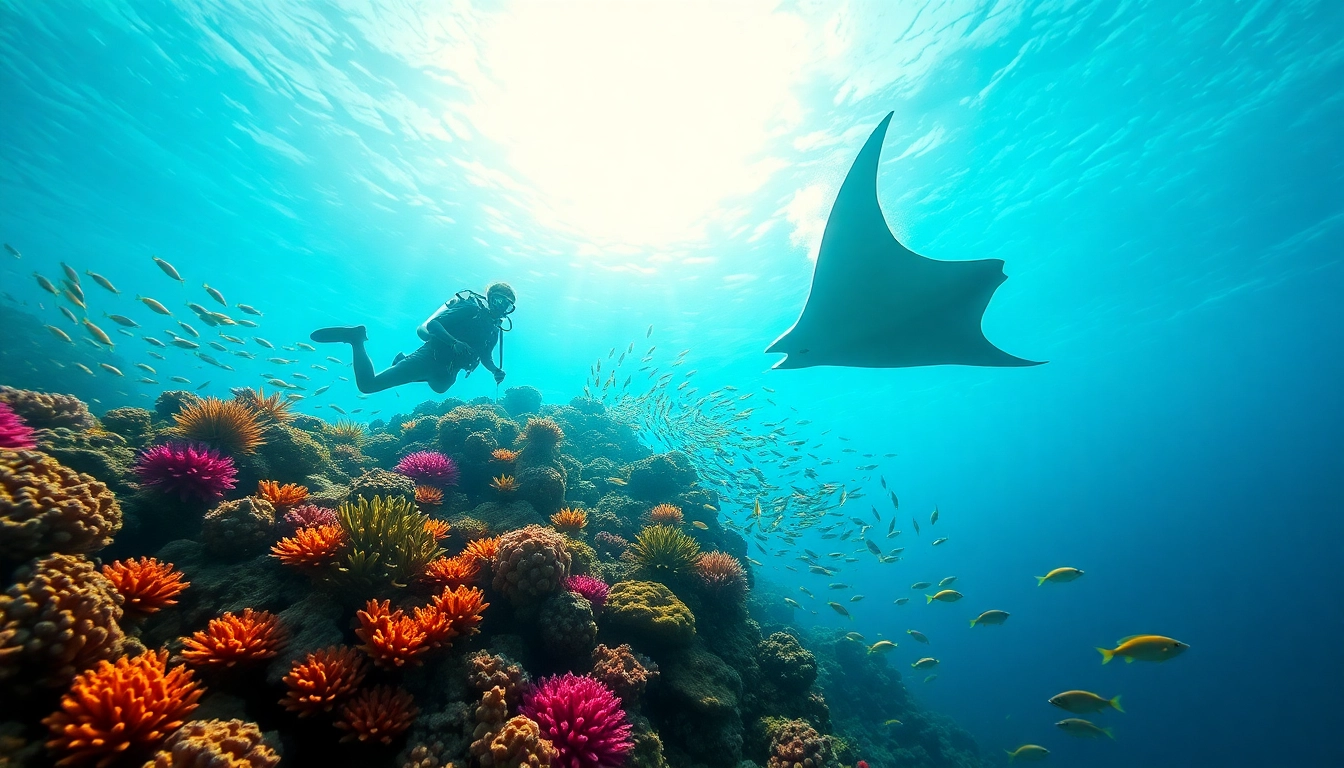
Leave a Reply